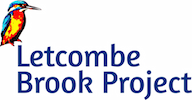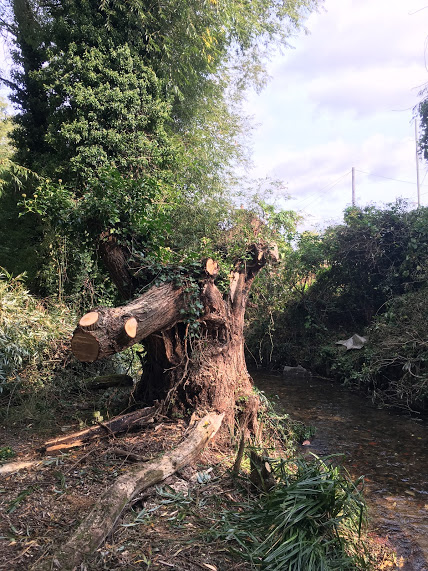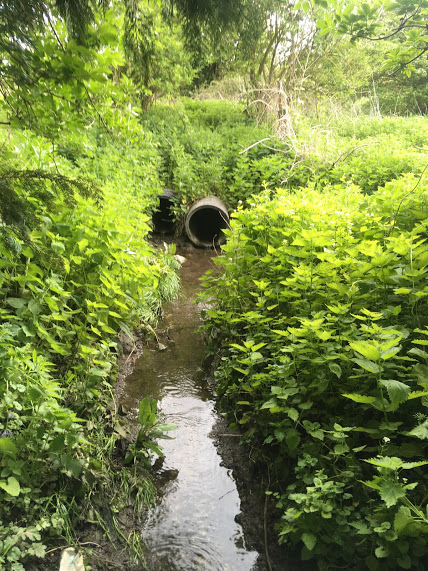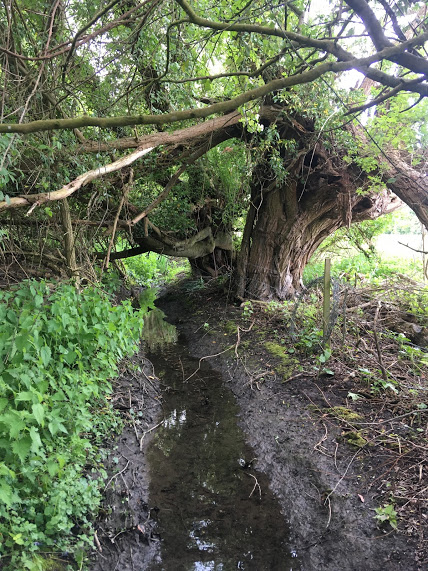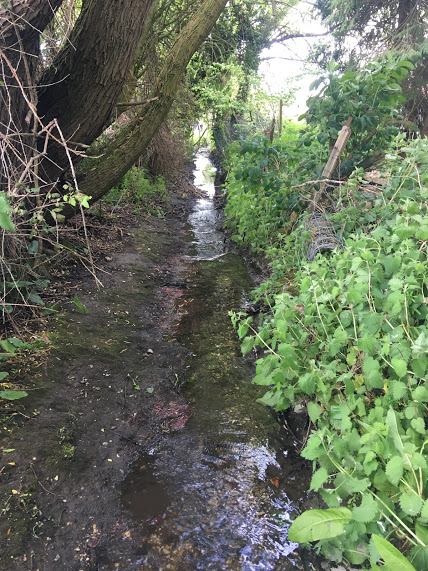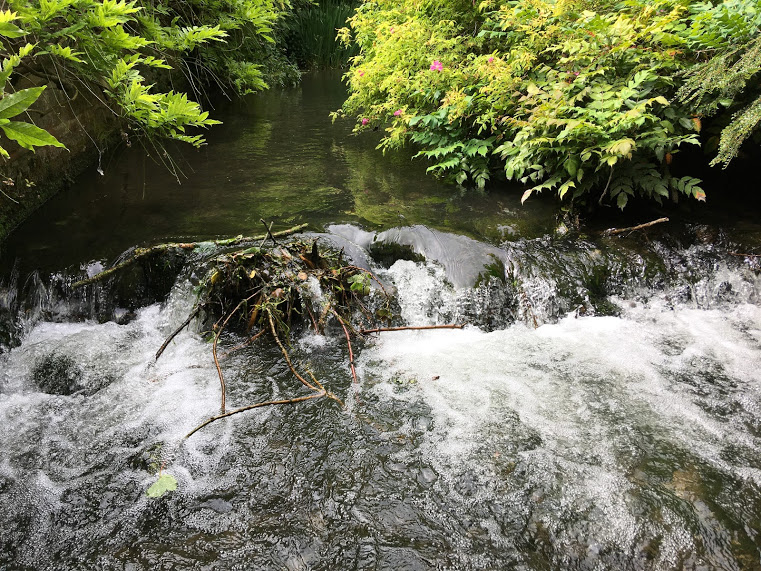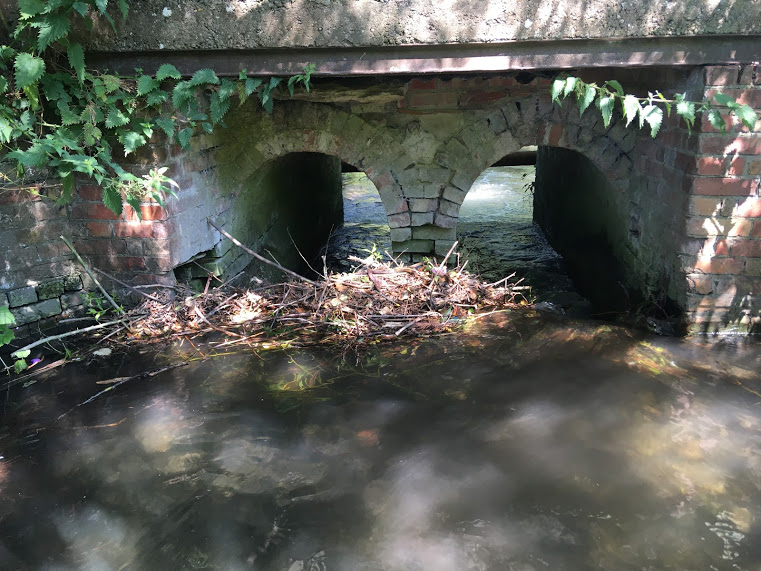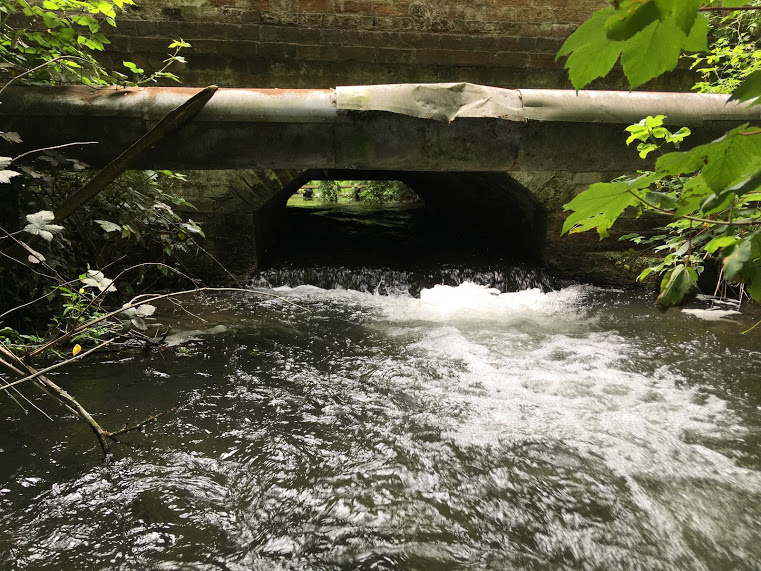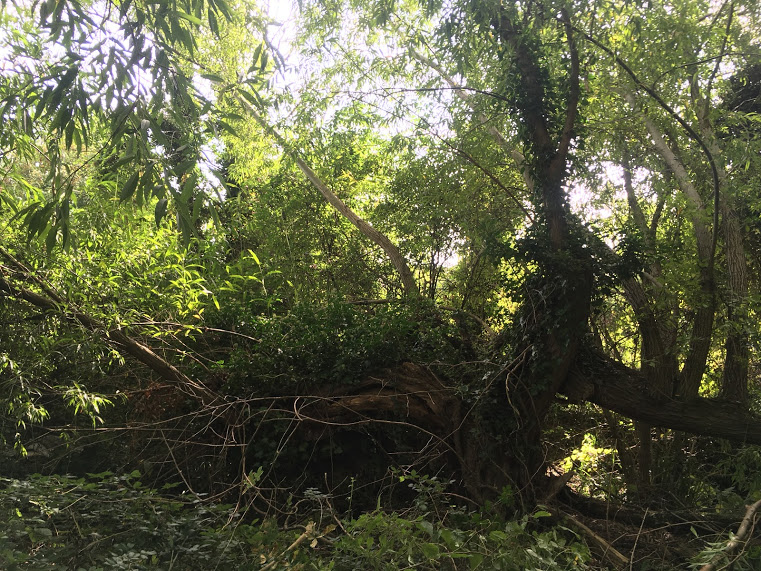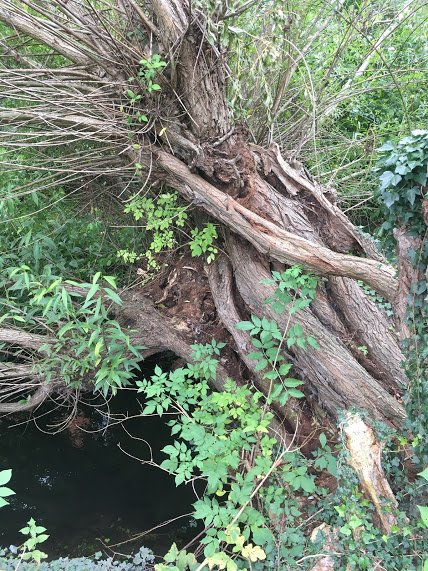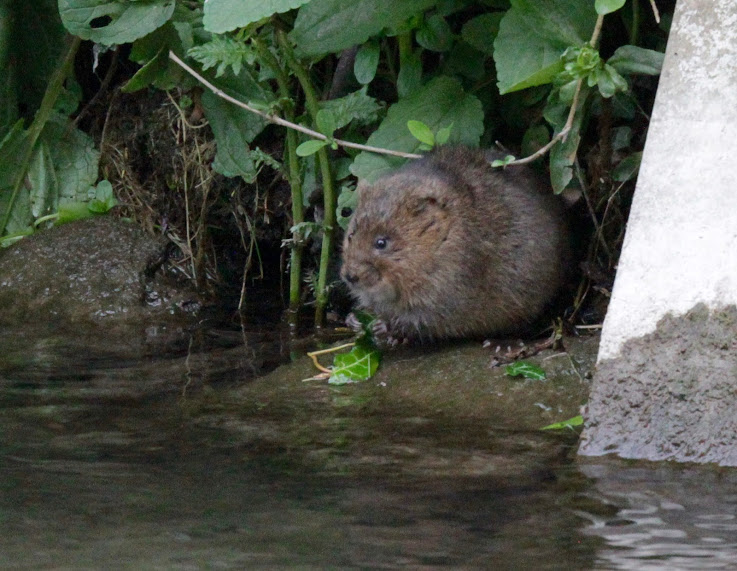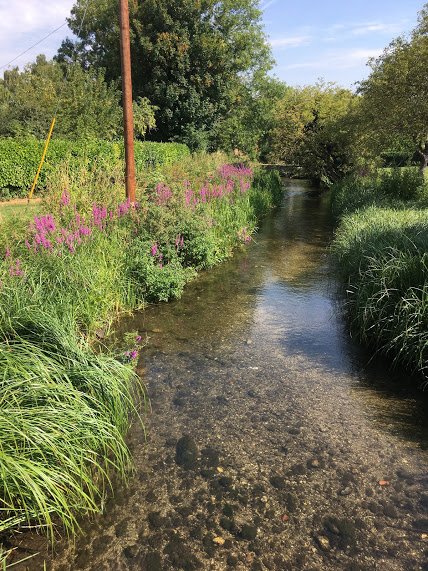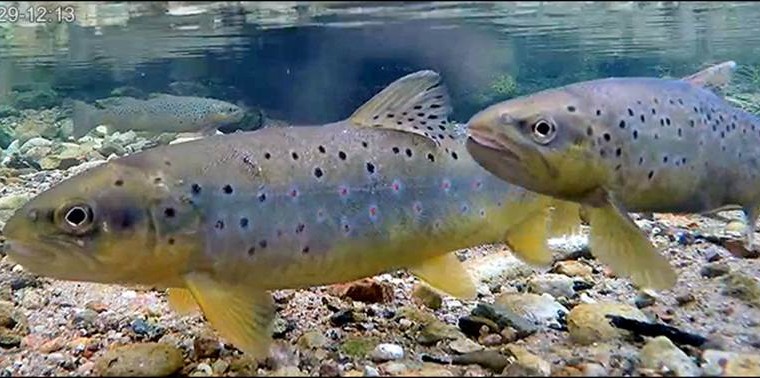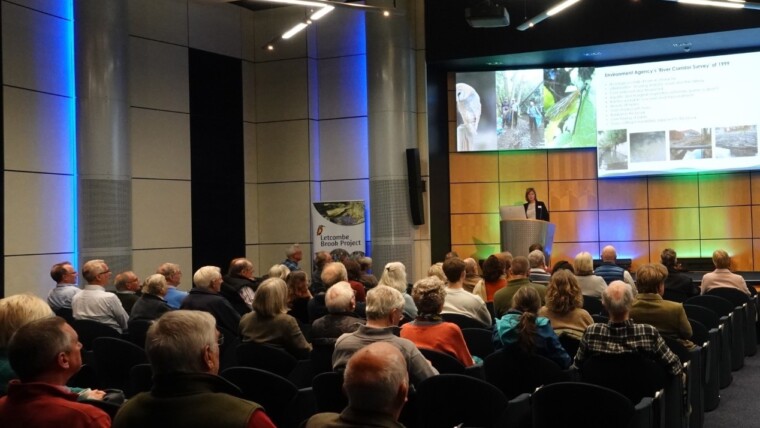I am really pleased to announce details of two new projects that will be taking place between now and March 2021. Both projects have received funding from the Environment Agency (to whom we are very grateful) and will help improve the biodiversity and functioning of this precious chalk stream.
The snappily titled “Lower Mill Fish Bypass Project” does exactly what it says on the tin – we will be working with Cain Bioengineering to turn a flood bypass channel into a fish bypass channel that will allow trout and coarse fish to navigate around Lower Mill which is located in East Hanney at the lower end of the Letcombe Brook. This will complement the recent fish passage created at Venn Mill on the Childrey Brook.
On completion, fish will be able to travel from the River Ock, into Childrey Brook and then up the Letcombe Brook as far as Dandridges Mill, East Hanney. Of course, there are fish in the Letcombe Brook almost all the way up to the source but these fish populations are restricted in their movement by various blockages and vulnerable to pollution and the river drying out in sections. Removing obstacles to fish passage allows them to access better habitat and spawning grounds, interbreed more widely and move in reaction to flow levels and pollution incidents. Removing obstructions to flow also helps restore natural functioning to a river and reduce flood risk.
Letcombe Brook presently fails the Water Framework Directive on fish populations – partly due to the lack of coarse fish (roach, dace, chub etc) present in most reaches. These fish are less adept at navigating waterfalls and low dams unlike larger trout that are able to leap over some obstructions and are therefore present in most sections of Letcombe Brook. This project will enable those coarse fish to travel further upstream and access the fantastic habitat provided by Letcombe Brook in East Hanney. This stretch has some wonderful areas of gravel bed that will provide ideal spawning grounds and ranunculus (water crowfoot) beds that will provide plentiful food and shelter for smaller fish. If we are able to provide fish passage around Dandridges Mill at some point in the future those fish will be able to swim all the way up to Grove – now that would be a great result!
Love the Letcombe
The second project is called “Love the Letcombe” and is aimed at improving the general river habitat at various selected sections along the brook. A major element will be pollarding large willows to let light into the river which will enable riparian habitat to recover. Added benefits will be prolonging the life of those large willows that become prone to collapse and rot if not pollarded on a regular basis and a reduction in flood risk caused by tree limbs falling in and blocking the brook.
Another element of the project will be to assess other structures in the brook that impede fish passage and interfere with the rivers natural processes – there are at least 23 of these! We may be able to modify some smaller structures to improve fish passage but removal is always the best result but will depend on the support of the owners of these structures. The project will fund feasibility studies investigating the modification or removal of larger more complex structures.
We will also be looking to identify areas that would benefit from increased flow diversity or narrowing of the channel by inserting artificial berms or large woody debris (LWD). In areas where the river channel is overwide, sediment drops out and can smother the gravel bed and build up thus reducing channel capacity. Using berms or LWD can pinch the flow, increase velocity and ensure the river carries the silt on downstream. We will be working with the EA to ensure no work causes any increased flood risk and that work is completed to a high standard. Similar work has already been completed successfully upstream at the BBOWT reserve at Letcombe Valley. This work may be supplemented by some planting of native riparian plants but in many areas we have found that just letting light in has allowed the bankside and in-stream vegetation to recover from its natural seed bank. Much of this work will be completed by the Project Officer (me) and the Friends of Letcombe Brook volunteer team to keep costs down. We will be working with landowners to identify the most suitable areas, gain necessary permissions and will be looking for matched funding to make the EA’s money stretch a little further.
Pollarding large trees can look a little harsh initially but willow soon respond with new vigorous growth and I hope that by summer some of what were once shady bare stretches of riverbank will be starting to flush up with colour as more specialised riparian plants become established. These will in turn attract more wildlife so look out for more dragon and damselflies, birds and fish. A major beneficiary should be the rare and humble water vole. Improved riparian habitat should enable the voles already present to spread out, establish new colonies and generally increase in numbers! Keep your eyes out for them too, we are so lucky to have Britain’s fastest declining mammal on our local river!
I know many of you appreciate the beauty that our local river brings to the community green space in our communities – I hope the results of this project will enable you to “Love the Letcombe” even more.
